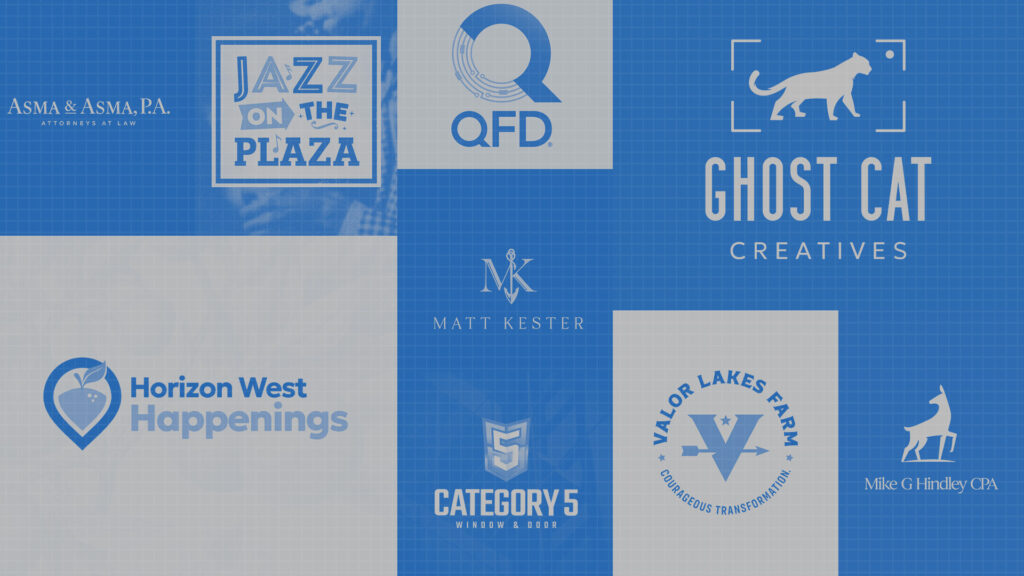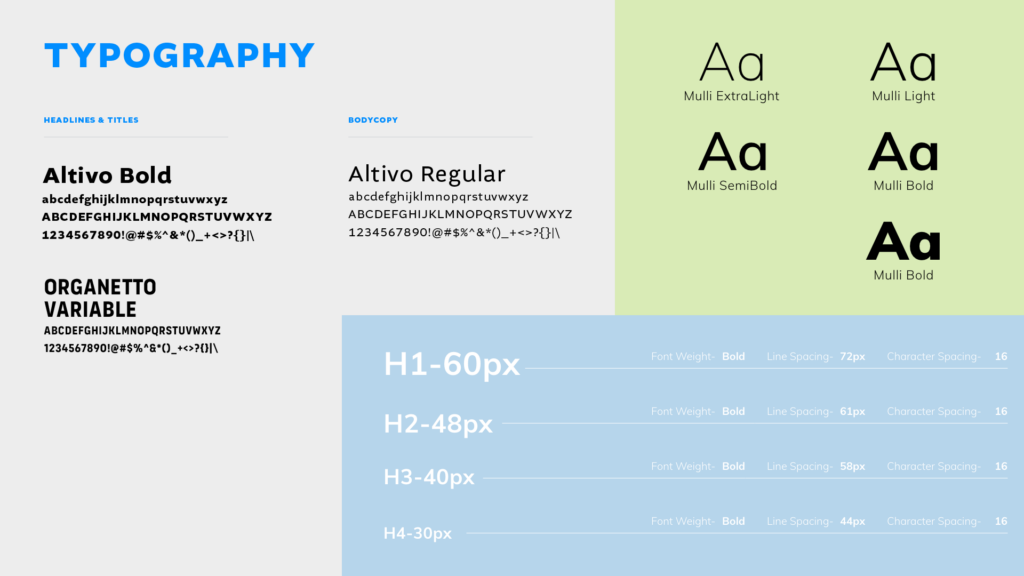02.29.24
Unlock Your Brand’s Full Potential with an Impactful and Unique Visual Identity

In today’s highly saturated and competitive market, establishing a strong and cohesive brand identity is essential for capturing your target audience’s attention, fostering brand recognition, and differentiating yourself from competitors. A purposeful and well-designed brand identity not only shapes the visual and emotional perception of your brand but also reinforces its core values, objectives, and unique selling proposition. By understanding the key elements that contribute to a successful and unforgettable brand identity, you will be empowered to create a lasting impression and drive brand affinity.
In this comprehensive guide, we will delve into the essential components that comprise a dynamic brand identity, discussing the significance of logo design, color scheme, typography, and other visual elements in crafting a cohesive and memorable identity. Additionally, we’ll explore the importance of messaging consistency and brand guidelines, which play a crucial role in maintaining and reinforcing your brand identity across various touchpoints. By examining these distinct facets, you will gain a deeper understanding of the vital role brand identity plays in shaping your brand’s perception and unlocking its full potential in the eyes of your audience.
The Powerhouse of Brand Perception: Logo Design

Your logo serves as the face of your brand, often making the first and most lasting impression on your audience. An effective logo design should be a harmonious blend of creativity, simplicity, and distinctiveness that captures your brand’s essence and distinguishes it from the competition. Consider these essential aspects when designing your logo:
1. Uniqueness: Opt for original and creative concepts that set your brand apart in the crowded marketplace, ensuring your logo remains memorable and instantly recognizable.
2. Scalability: Design your logo with scalability in mind, paying attention to how it appears when sized both large and small to maintain its impact across different formats and media.
3. Adaptability: Create a logo that can be adapted and integrated across various contexts, ensuring it maintains its visual impact and legibility in both print and digital applications.
4. Timelessness: Strive for a logo design that will stand the test of time, ensuring your brand’s visual identity remains relevant and impactful as market trends and consumer preferences evolve.
Color Me Intrigued: The Role of Color in Brand Identity

A thoughtful and consistent color scheme is invaluable in conveying your brand’s personality, evoking emotions, and reinforcing brand recognition. Consider these factors when selecting the colors for your brand identity:
1. Emotional Connections: Color plays a significant role in how we perceive and experience the world, so it’s essential to choose colors that align with your brand’s personality and evoke the desired emotional response from your audience.
2. Consistency: Maintain a consistent color palette throughout all aspects of your brand identity—including your logo, typography, and other visual elements—to establish a cohesive and harmonious visual language.
3. Differentiation: Select colors that not only convey your brand’s personality but also differentiate it from your competitors, allowing your brand to stand out and capture the attention of your target audience.
Typeface Talks: Typography and its Influence on Brand Perception

Your choice of typography can have a profound impact on the overall aesthetics and functionality of your brand identity. Consider the following aspects when selecting fonts and typographical styles:
1. Readability: Choose fonts that offer optimal readability across different mediums and sizes, ensuring your target audience can easily comprehend and engage with your brand’s content.
2. Consistency: Select a consistent typography scheme that complements your other visual elements and reflects your brand’s unique personality and style.
3. Variety: Experiment with a limited number of font families and styles to add versatility and visual interest to your brand identity without compromising cohesiveness and clarity.
Message Matters: Consistency in Brand Messaging and Tone

A well-crafted brand identity goes beyond visuals—it’s also rooted in clear, consistent messaging and tone that communicate your brand’s unique value proposition and resonate with your audience. Consider these critical aspects of brand messaging consistency:
1. Develop a Clear Brand Voice: Define your brand’s tone, style, and messaging guidelines to ensure that all communications—whether in copywriting or visual content—remain cohesive and consistently reflect your brand’s personality.
2. Align Messaging Across Channels: Maintaining consistency in messaging across all channels—such as your website, social media, print materials, and customer communications—helps create a seamless and unified brand experience for your audience.
3. Adapt Messaging for Your Audience: Tailor your messaging to resonate with your target demographic, considering their preferences, needs, and motivations to enhance your brand’s appeal and relatability.
Unlocking the Transformative Power of a Compelling Brand Identity
By understanding and applying the key components of a successful brand identity—logo design, color scheme, typography, and messaging consistency—you will be well-equipped to create a lasting impression on your audience and elevate your brand’s unique value proposition. Crafting an unforgettable brand identity is possible with the right balance of creativity, strategy, and attention to these critical elements.
Ready to unlock your brand’s full potential with an impactful and unique visual identity? We are here to help every step of the way. Our team of passionate branding experts at Alarie Design will collaborate with you to craft a powerful, cohesive, and memorable brand identity that resonates with your target audience and propels your brand toward success. Contact us today, and let’s embark on this transformative journey together with expert brand strategy services and more!
RECENT POSTS

Leverage Social Media Ads to Boost Your Brand’s Visibility and Drive Results

Elevate Conversions with Expert Landing Page Optimization Strategies
